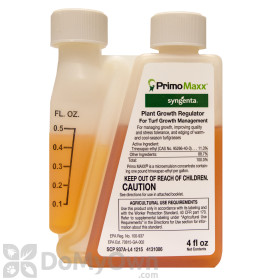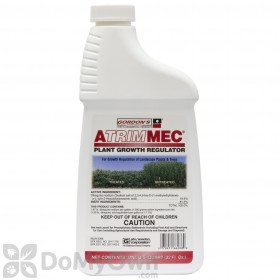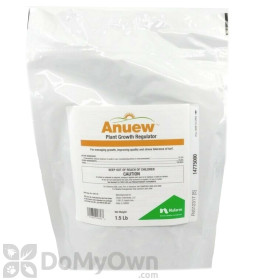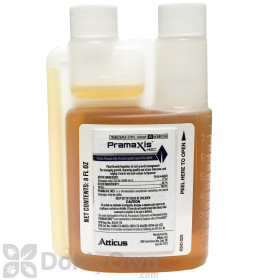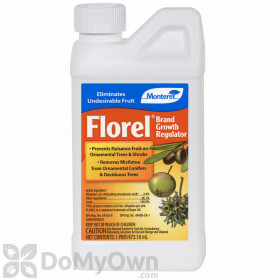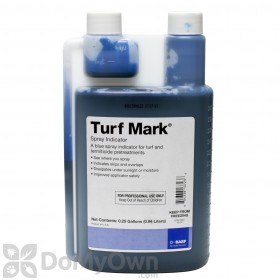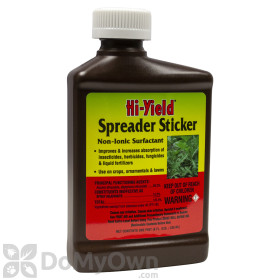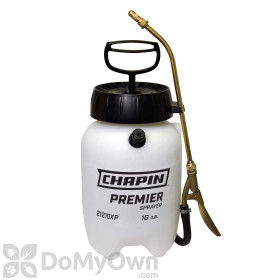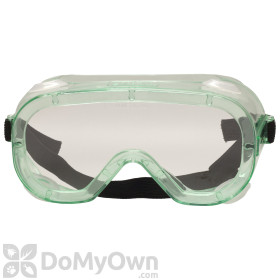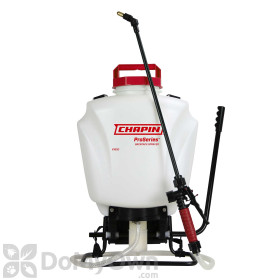What is a Plant Growth Regulator?
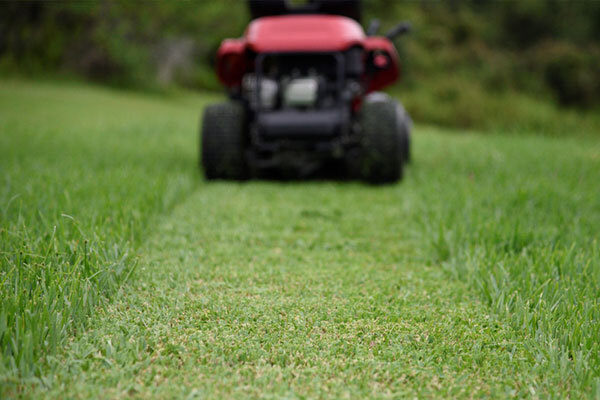
Plant Growth Regulators, also known as PGRs, are an excellent way to manage plant growth. From reducing the amount of mowing and edging in lawns, to keeping shrubs, trees, and hedges looking trimmed longer, to reducing unwanted fruit from ornamentals, PGRs can be a helpful growth management tool in your yard.
A Plant Growth Regulator, when applied to a lawn, reduces the vertical growth of the turf. Upward growth of turf grasses can be slowed by up to 50% by some PGRs. This can mean not only a less frequent need to mow, but also less time spent collecting and removing clippings to complete the job. Some plant growth regulators also increase the lateral growth of turf while promoting root health of the plant. A fuller turf with healthier roots is a lawn that is more resistant to pests and weeds.
By using these helpful plant growth management tools you can reduce the amount of time spent on lawn and yard upkeep and improve the health of your plants at the same time.
Where Should I Apply a Plant Growth Regulator?
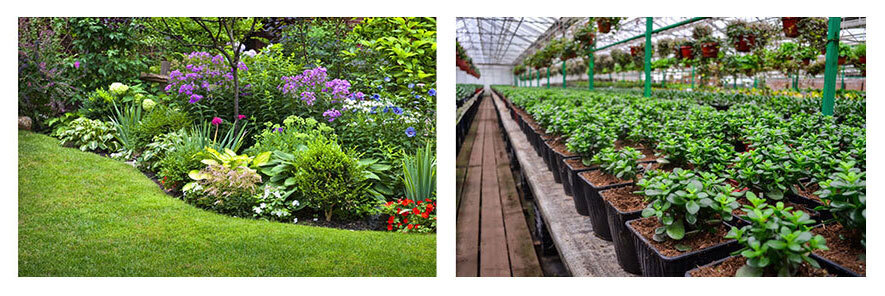
Plant Growth Regulators can bring beneficial changes to many types of plants, including turfgrass, shrubs, bushes, and other flowering or fruiting plants. Here are some of the areas where you may want to think about applying a growth regulator:
- Lawns
- Shrubs and hedges
- Trees
- Groundcovers
- Along driveways and sidewalks
- Around fences and landscape beds
When applied to a lawn Plant Growth Regulators can reduce mowing time by up to 50%--a time savings that anyone can appreciate, but one that homeowners with steep hills or hard-to-mow areas are sure to be thankful for. Because your lawn is not spending energy to grow up while using a PGR, it can spend more time improving the roots. A healthier root system can help your grass stand up to stresses from drought, pests, and disease.
Using a Plant Growth Regulator along driveways and sidewalks specifically can help reduce the need for edging while adding hardiness to these high-traffic areas of your lawn. You may also find it useful to apply a PGR around the bases of trees and planters to make mowing easier in tight spots.
Some Plant Growth Regulators may be the right solution for controlling the growth of shrubs, hedges, and trees, also keeping them looking freshly trimmed longer. Others may be labeled for use in greenhouses or planter settings.
If your plan includes halting the production of fruit from ornamental plants on your property, a specialized PGR like Florel may be the right choice. These types of Plant Growth Regulators not only reduce unwanted fruit from ornamentals or shrubs in your yard, but can reduce the height of certain flowering plants and remove mistletoe from some trees.
How Do I Select a Plant Growth Regulator?
Select a type of Plant Growth Regulator that is labeled to work on your lawn or other target area. You should always read the label completely and understand which plants the product will and won't work on. Some products may be labeled for use in one area, such as on residential turfgrasses, but not for other areas, like around edible plants.
Always review the effects of any Plant Growth Regulator on the turf that you plan to treat. For example, when applying a PGR to turf, cool season grasses such as Fescue may react with slowed upward growth and improved root health. Warm season grasses such as Bermuda or Zoysia that are naturally spreading turfs may see the vertical growth slowed and additional increased lateral spread, often resulting in bare spots being filled in. While this greatly reduces the time you spend mowing and helps improve your turf's stress tolerance, it may extend the effects of any marking agent, if applied before or with the PGR.
Once you have decided on the right Plant Growth Regulator product for your lawn or garden needs, consider the space you want to treat and the amount of product you'll need to get the job done. Check out the plant growth-regulating products listed below to find the right product for your job.
How Long Does a Plant Growth Regulator Last?
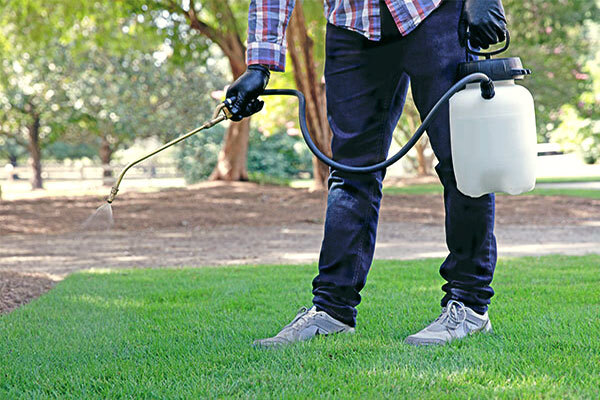
Plant Growth Regulators can slow plant growth for 3 to 6 weeks before reapplication is needed. You can find the details of reapplication schedules and mix rates on the product label, and this guidance should always be followed.
Note that application rates may vary for different types of turf, and that rainfall and local temperatures will also affect the timing of each application.
If you have questions about the best way to use a specific Plant Growth Regulator product, give our experts a call at 866-581-7378 or email us at [email protected].
Three Easy Steps To Applying a Plant Growth Regulator in Lawns
Consult the label before using any PGR on your property. Following the steps below along with any guidance from the product label will get you started on creating the change you wish to see in the plants in your yard.
Measure the Lawn Area and Calculate the Application
Make an estimate of the amount of lawn area that you wish to treat with a Plant Growth Regulator and use this number to determine the amount of product needed. The product label will contain specific instructions on how to mix a Plant Growth Regulator solution for use on your lawn, ornamental shrubs, or other plants on your property.
Mix the Solution
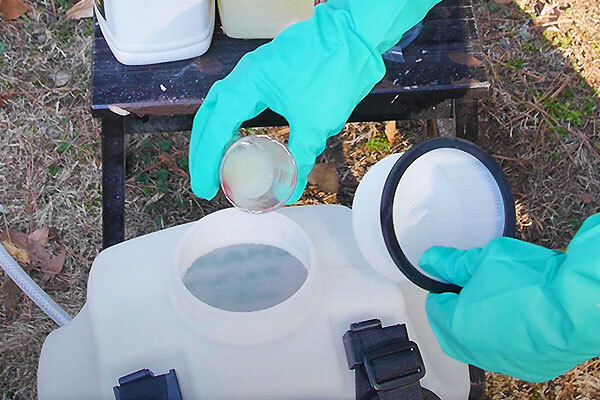
If the liquid product needs to be mixed with water, use the rate indicated on the label.
Add half of the water needed to a hand pump sprayer or backpack sprayer, then add the product. If you are adding any additional product, such as a surfactant or spray indicator dye, you would add that product to the tank at this point. Fill the tank with the rest of the water and replace the top on the sprayer. Then, shake the sprayer vigorously to thoroughly mix the chemical product and water together.
Products needed for Step 2
Spray the Turf
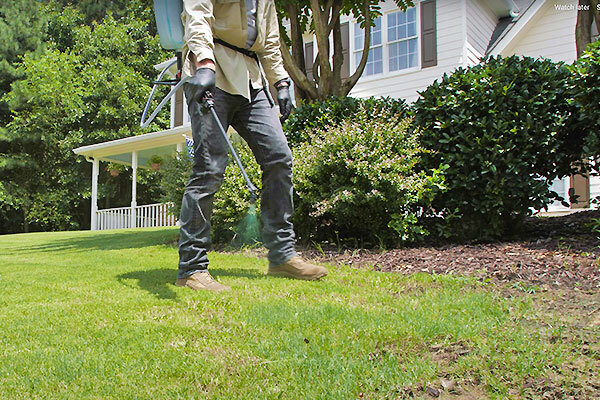
To apply, walk back and forth across your lawn, applying evenly as you go. If you use a spray indicator dye in the tank, you'll find it easier to keep track of where you've already sprayed to avoid applying the product unevenly. Keep in mind that because they reduce the vertical growth of the turf, many PGRs can extend the duration of the marking visibility when applied before or with marking dyes.
When applying any product to influence the development of plants, be sure to wear personal protective equipment, including long pants, closed-toe shoes, long sleeves, and gloves.
Applying your PGR treatment during cooler times of day--early morning and late evening--can help make for a more effective application. The lower temperatures mean less evaporation and increased product uptake by the plants.
As always, consult the product label for specific recommendations, but in general, lawns should not be mowed for three to four days after a Plant Growth Regulator has been applied, and PGRs should be applied to healthy turf that is not currently stressed by climate or drought issues.




